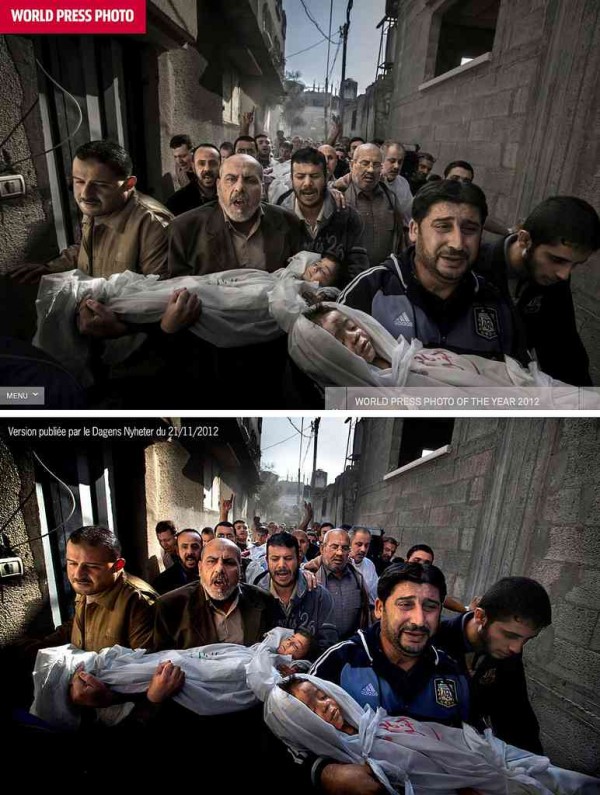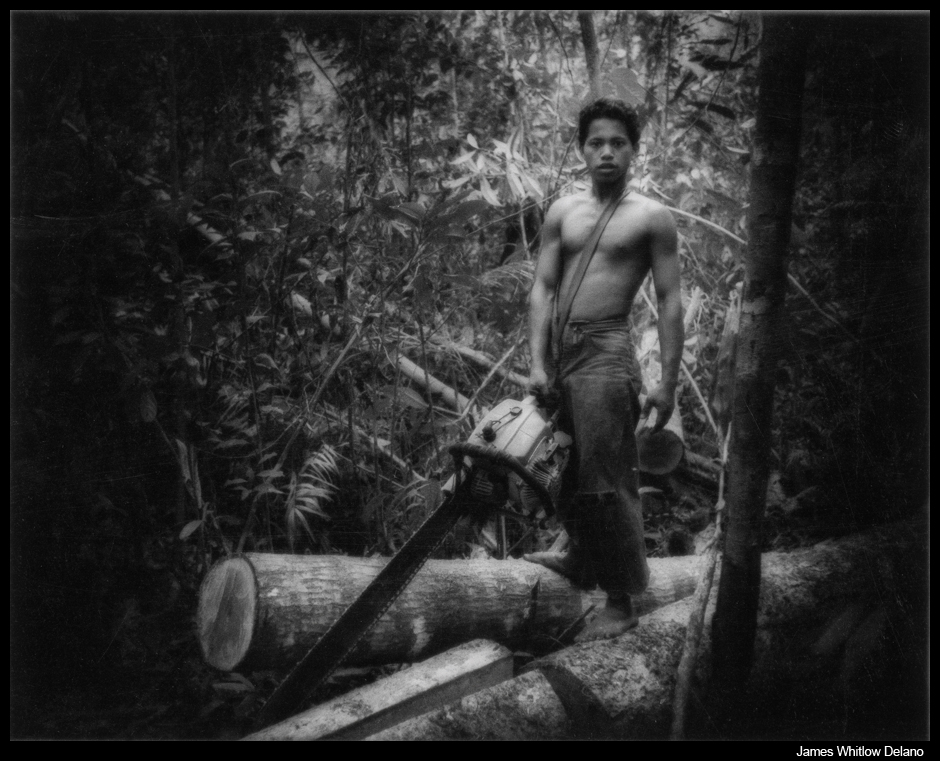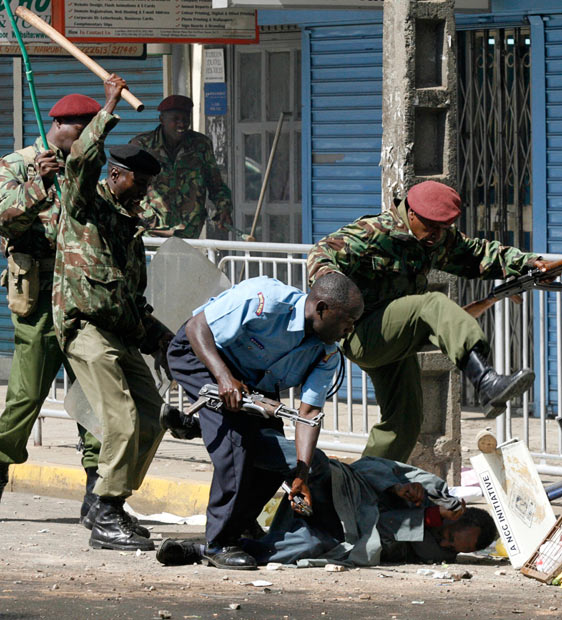Notes
Hansen’s World Press Winning Photo Not Fake… Just Unbelievable
Based on detailed scientific analysis, it has finally been established that a photo doesn’t have to be fake to be incredible on its face. This wave of drama over Paul Hansen’s World Press winning photo would never have happened if the photo wasn’t processed to the extent to make almost anyone question — the second time in the past couple months — whether it might not be real.
The unfortunate thing is, forced into a position to defend the integrity of the photo award, World Press has effectively confused the ethical and aesthetic parameters by which to determine the integrity of a news photo. In the name of defending the technical accuracy of a photo — stunning as much for its dramatic post-processing as its dramatic content — the World Press has now given its “Good Housekeeping seal of approval” to a photo that a wide swath of the photo world was ready to believe, not just once, but several times now, could well have been altered. (For reference, the two copies above, from André Gunthert’s Flickr page, shows Paul Hansen’s photo as originally published by his Swedish newspaper, Dagens Nyheter, on November 11, 2012 as compared to the further post-processed World Press winning version.)
Writing in defense of his winning image against the accusation of splicing different photos together, Mr. Hansen wrote:
“In the post-process toning and balancing of the uneven light in the alleyway, I developed the raw file with different density to use the natural light instead of dodging and burning. In effect to recreate what the eye sees and get a larger dynamic range.”
What the eye sees in real life? the photo literally widening eyes at the same time raising a good many eyebrows? Or, is he talking about developing different densities to effect what the eye more familiarly sees, perhaps, on the movie or video screen? Instructive, also, are the words Guardian’s head of photography chose to describe the toning of Hansen’s photo. Roger Tooth cites “extreme post-production techniques” and talks about “super reality,” or “cinematic super-reality,” or a “another form of reality” that defies the eyes and brain.
Based on the uncertainty of this “brave new post-processing world” alone, the award organizations could have actually demonstrated the leadership to lay out some thoughtful words, and maybe even a few guideposts, for an industry crying out for it — especially as balanced on the bodies of grieving parents and dead Palestinian children. Given how quickly World Press responded over the past 36 hours or so to actually employ visual scientists in defense of their integrity, would it be too much to ask for a reasoned technical and editorially-informed analysis and position on photo processing based simply on the standards of Occam’s razor?
(photo: Paul Hansen/Dagens Nyheter/EPA caption: Mourners carry the bodies of a brother and sister, two year old Suhaib Hijazi and three year old Muhammad, who were killed when their house was destroyed by an Israeli missile strike in Gaza City on 20 November 2012.)



Reactions
Comments Powered by Disqus